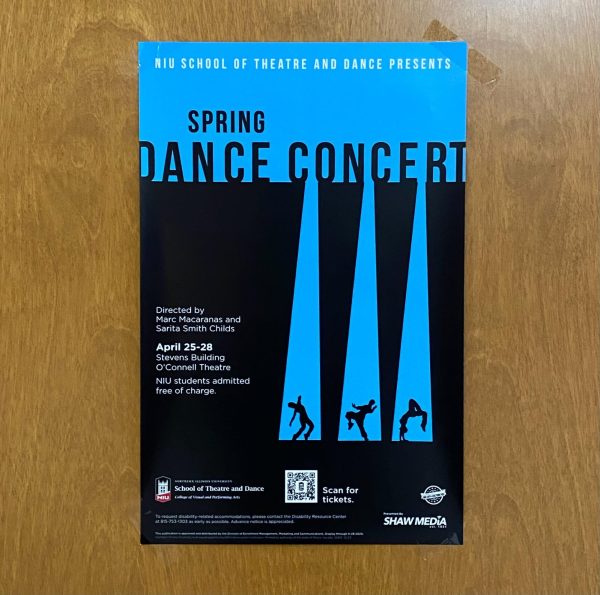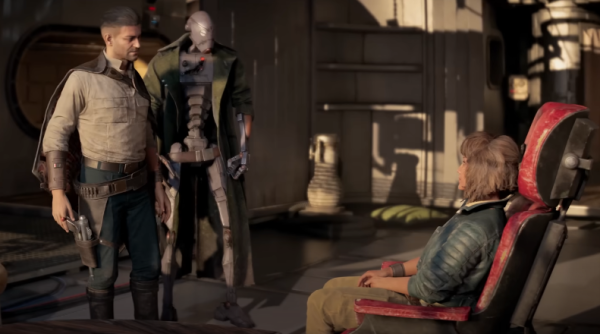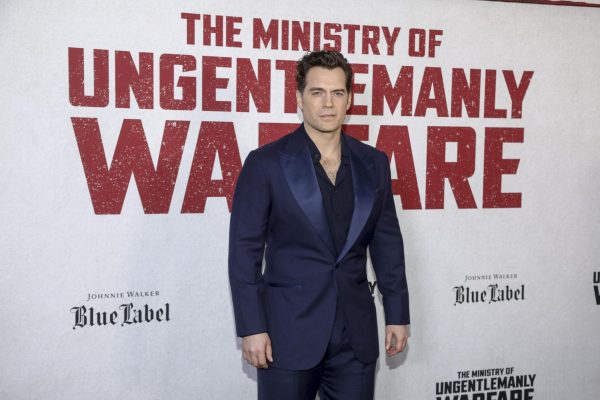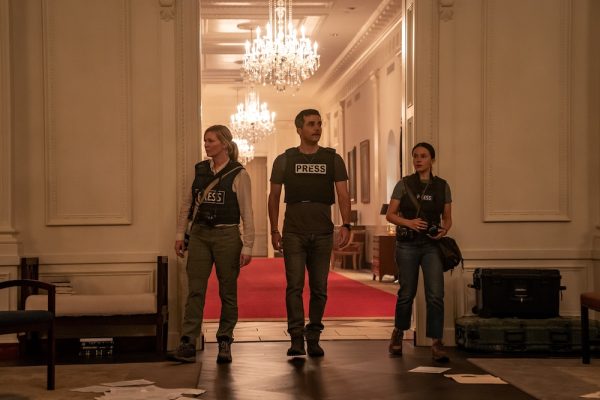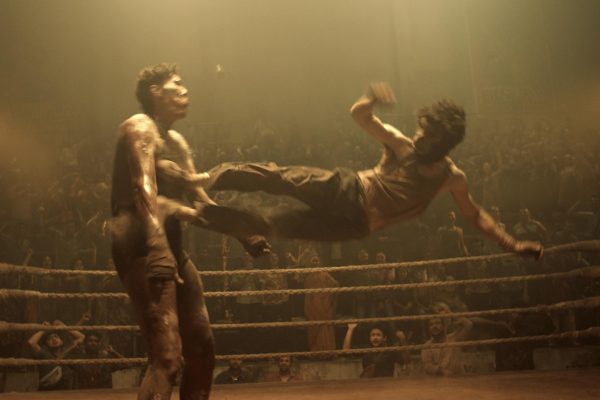“Baby Driver” brings new life to classic car chase action
July 10, 2017
Edgar Wright’s fast-paced summer flick “Baby Driver” sped into theaters June 27 and introduced a new kind of directing style to the action genre. Wright is an original director with an eye for detail who is sure to give Hollywood hot-shot directors a run for their money.
The film follows a cute city boy named Baby, played by Ansel Elgort, who serves as the designated driver for a straight-faced crime boss named Doc, played by Kevin Spacey. Baby can hardly be found without his headphones in and music blaring, but he never misses an instruction. However, when a heist goes south and a bloody corpse is discovered in the trunk, Baby begins to question exactly who he’s driving for.
“Baby Driver” has grossed about $42 million domestically, performing well above Sony’s predictions for the TriStar film, according to IMDb. It is the largest grossing opening weekend of any of Wright’s films, nearly double the $10.6 million his comic-book comedy “Scott Pilgrim vs. the World” grossed.
Wright is an established director with a resume shining bright enough to blind any aspiring filmmaker. He directed the British comedies “Shaun of the Dead’ in 2004 and “Hot Fuzz” in 2007, and played with the colorful world of comic books in “Scott Pilgrim vs. the World” in 2010. In 2015, he took a stab at superhero movies with Marvel’s “Antman.”
What separates “Baby Driver” from other car-chase action movies is its impeccable connection with the audience. The movie and its main characters are fueled by music, and that’s no accident. The audience experiences scenes from the character’s point of view but also hears what’s going on around him.. When Baby’s tinnitus, a physical condition that causes ringing in the ears, flares up under times of great stress, a painful ringing starts in his ears and quickly envelopes the entire movie theater.
Wright chose practical effects, such as actual car chase footage, over visual effects, rekindling an old kind of action filmmaking Hollywood hasn’t seen since the 70s.
“If you are making a car chase movie and you didn’t get to film any car chase stuff, what’s the point,” Wright said, according to IMDb. “If my only bit is sitting on a green screen shooting people reacting and steering wildly, what am I doing?”
Although practical effects can be heavily time consuming and costly, the film’s production budget managed to stay at a low $34 million, according to IMDb. “Baby Driver” satisfies audiences’ thirst for bigger and badder action without fiery explosions or elaborate fight choreography. The reality of the action hits the audience as fast as it hits the characters, making the audience invested and empathetic.
“Baby Driver” brings a sense of youthful optimism and creativity to the screen unparalleled by anything else in the box office today. The film is wonderfully cast, spectacularly shot and keeps the audience tethered to reality. Wright’s on a definite hot streak and if he keeps up with his “homemade” style of directing, he’s sure to please time and time again.


